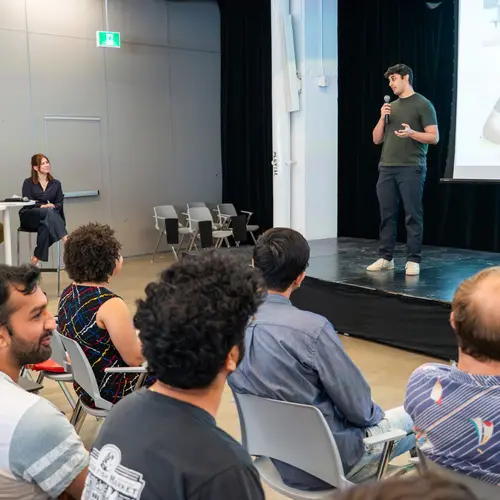
Amin Emad
Biography
Amin Emad is an assistant professor in the Department of Electrical and Computer Engineering at McGill University and an associate academic member of Mila – Quebec Artificial Intelligence Institute.
He is affiliated with McGill’s Rosalind and Morris Goodman Cancer Institute, the McGill initiative in Computational Medicine (MiCM), McGill’s Quantitative Life Sciences (QLS) program, and the Meakins-Christie Laboratories at the McGill University Hospital Centre.
Before joining McGill, Emad was a postdoctoral research associate at the NIH-funded KnowEnG – A Center of Excellence in Big Data Computing, which is associated with the Department of Computer Science and the Institute for Genomic Biology at the University of Illinois at Urbana-Champaign (UIUC). He received his PhD from UIUC in 2015, his MSc from the University of Alberta in 2009, and his BSc from Sharif University of Technology (Tehran) in 2007. Emad’s research lies at the intersection of AI and computational biology.


